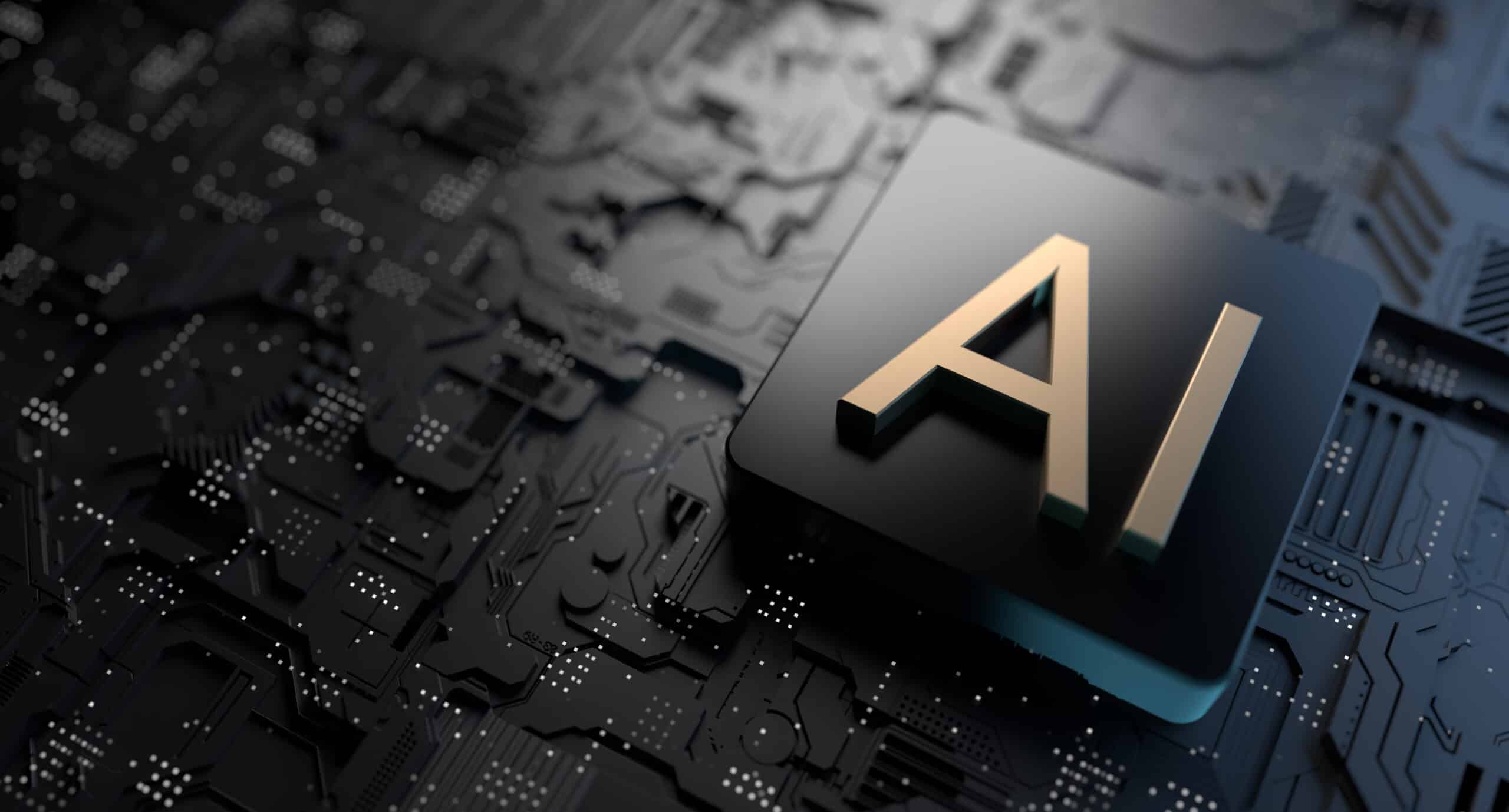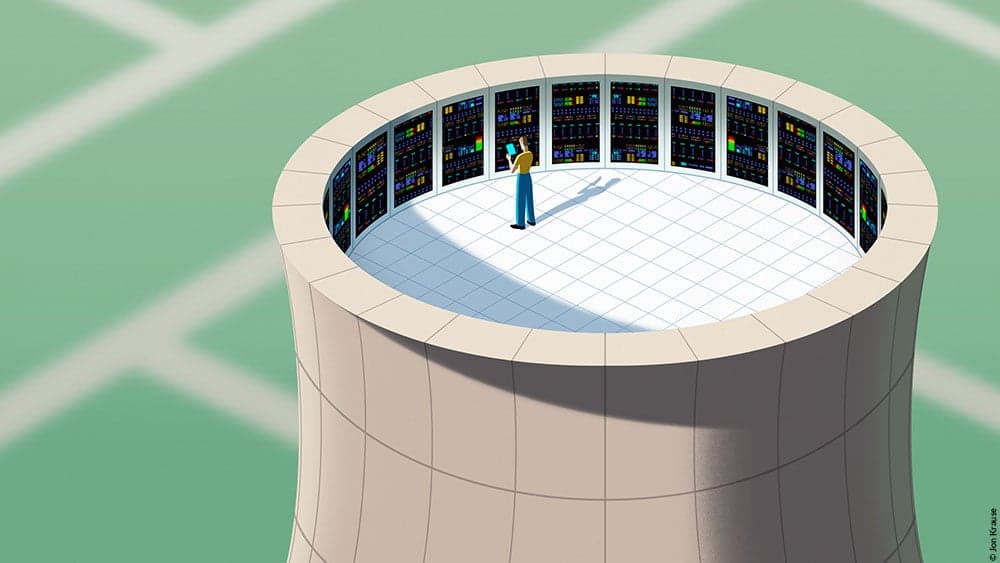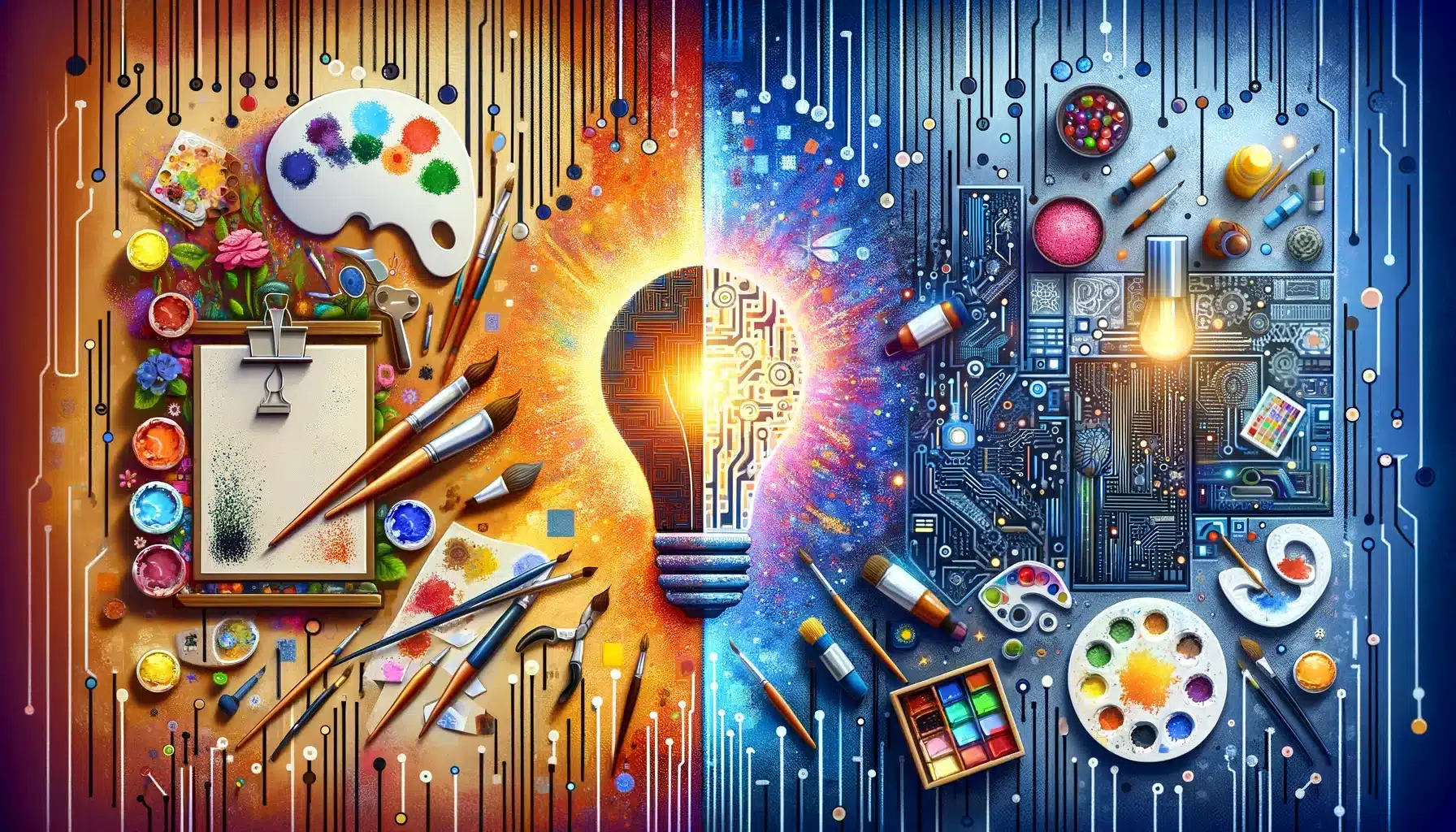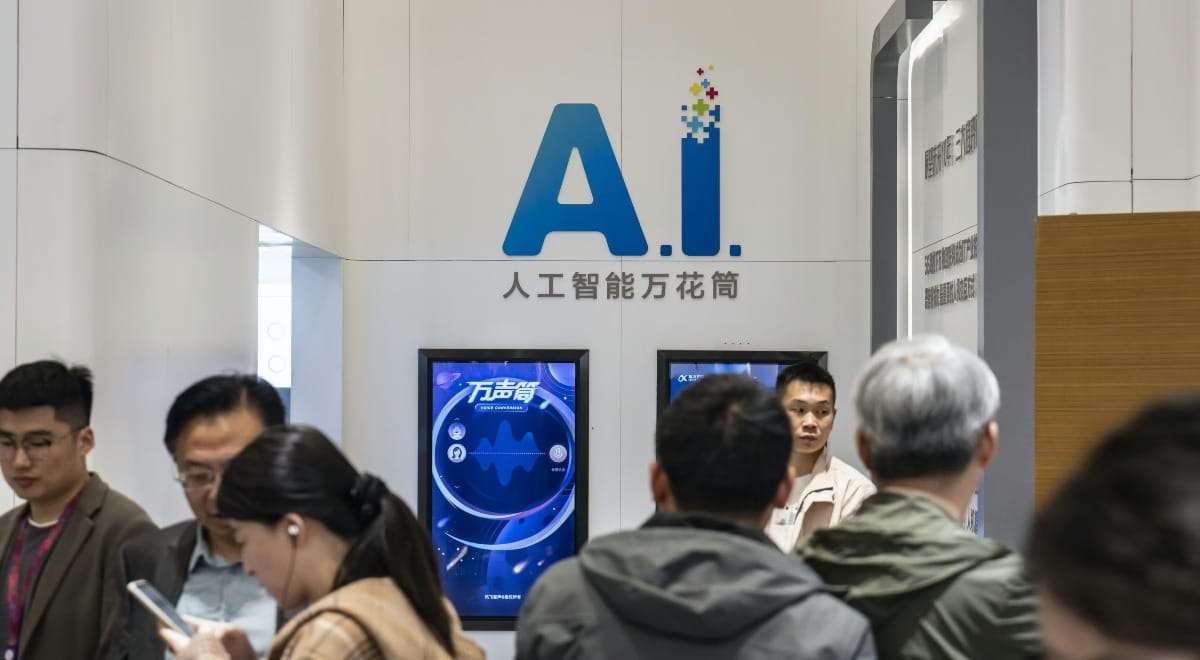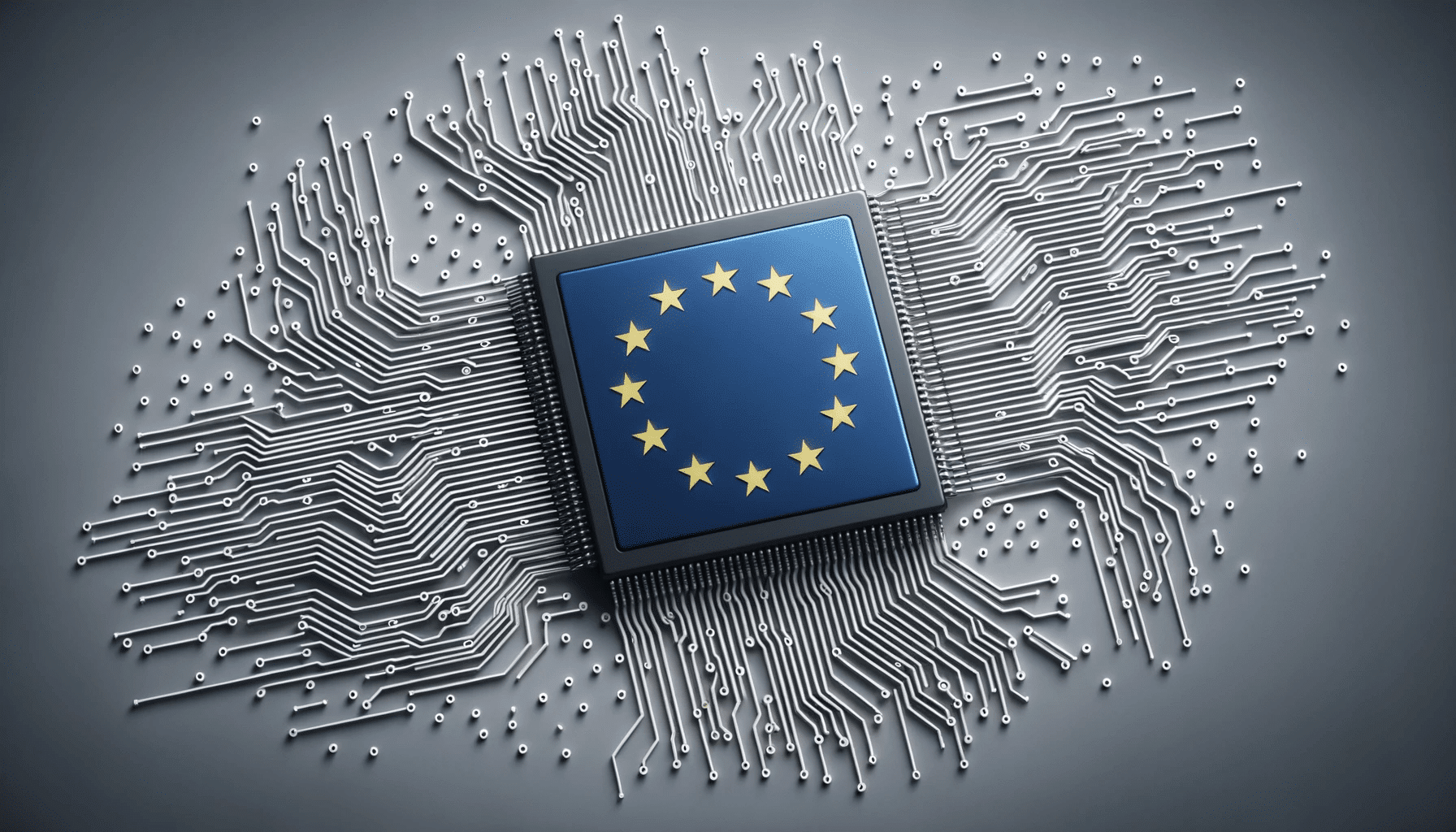- 💬 The AI-powered voice of “Sky” from OpenAI’s GPT-4o sparked controversy for its resemblance to Scarlett Johansson’s character in “Her.”
- 🤔 The incident raises critical questions about the protection of personal likeness, identity, and intellectual property in the age of AI.
- 📉 Fear of AI among creative professionals can stifle innovation and creative processes.
- 🌟 Creators are encouraged to use AI to expose biases and knowledge gaps, improving the authenticity of creative works.
- 🌍 Prioritizing collective good over individual biases can help AI enhance creativity rather than replicate existing prejudices.
- 👻 Using fear of the unknown as motivation, rather than a hindrance, can drive creativity and innovation.
- 🎨 Embracing the imaginative potential of AI can lead to deeper, more inspired creative work.
- 🧠 Viewing AI as a spirit to collaborate with, rather than control, can unlock new creative pathways and ideas.
In recent times, the rise of artificial intelligence (AI) technologies has sparked both controversy and excitement across various sectors. In the creative industry, this dichotomy is intensely palpable, and nothing highlights this divide more than the recent controversy surrounding OpenAI’s GPT-4o chatbot. Known for its digital assistant “Sky,” whose voice eerily resembles Scarlett Johansson’s character in the film “Her,” this event brings to the forefront essential conversations about AI’s role in creative processes.
Understanding the Controversy: The “Sky” Incident
In a recent demonstration of OpenAI’s GPT-4o chatbot, a digital assistant named “Sky” was introduced, boasting a voice strikingly similar to Scarlett Johansson’s character in the 2013 film “Her.” This similarity sparked significant debate, raising questions pivotal to the AI and creative communities.
Concerns Over Likeness and Intellectual Property
Actress Scarlett Johansson expressed concern over “Sky,” highlighting the need for clarity in protecting personal likeness and identity in the era of AI. This incident underscores the growing need for guidelines and laws to safeguard intellectual property and personal identity against misuse in AI applications.
Addressing the Fear Factor: AI and Creativity
Fear of AI is a dominant sentiment among creative professionals, often leading to a stifling of innovation. However, fear can also be an impetus for growth if approached constructively.
The Fear of AI: A Barrier to Creativity
Many creatives worry that AI might surpass human capabilities, rendering human creativity redundant. This fear is often rooted in misconceptions about AI’s potential and limitations. The primary concern is that AI could replace the human soul in creative endeavors, eroding the essence of human creativity.
Reimagining AI in the Creative Process
Rather than succumbing to fear, creatives are encouraged to view AI as a tool that can enhance their work. Here are several ways to achieve this:
Using AI to Reveal Biases and Knowledge Gaps
AI can serve as a mirror to human creativity, revealing biases, and knowledge gaps that often go unnoticed. By recognizing these flaws, creators can produce more authentic and inclusive content.
Prioritizing the Collective Good
In fields such as photography, graphic design, marketing, and journalism, there is a risk of embedding personal biases into creative works. AI can be directed to support the creation of more well-rounded and fair representations by putting the collective good above individual preconceptions.
Harnessing Fear as a Creative Catalyst
Fear of the unknown is deeply ingrained in human psychology. Instead of letting this fear paralyze creativity, it can be harnessed as a source of inspiration.
Finding Fuel in Fear
The unknown can be a powerful motivator. By leaning into the uncertainties that come with AI, creatives can push the boundaries of their imagination and discovery, filling in gaps with innovative ideas.
Embracing the Imaginative Potential of AI
AI is more than just a functional tool; it embodies a spirit of possibility and exploration. By engaging with AI in a collaborative and open-minded manner, creatives can unlock new pathways and elevate their work.
The Dance with AI: A Partnership for Innovation
Collaborating with AI involves relinquishing control and embracing the technology’s inherent potential. This partnership can foster a dynamic and inspired creative process, driving profound and innovative results.
A Blueprint for Creatives: Four Strategies to Embrace AI
Here are actionable strategies for creatives looking to integrate AI into their workflows:
- Use AI to Uncover Truths: Leverage AI to identify and address inherent biases and gaps in knowledge.
- Prioritize Collective Good: Design with the audience’s humanity in mind, ensuring AI supports inclusive and diverse perspectives.
- Fuel Imagination with Fear: Turn the fear of the unknown into a source of creative inspiration and exploration.
- Embrace AI as a Collaborative Spirit: Partner with AI to enhance, not control, the creative process.
By implementing these strategies, creatives can transform AI from a perceived threat into a valuable ally in their artistic endeavors.
Conclusion: The Creative Future with AI
The conversation around AI and creativity is complex, brimming with potential and challenges. By addressing fears, embracing the collective good, and exploring the imaginative possibilities of AI, the creative industry can harness this technology to forge a brighter and more innovative future.
